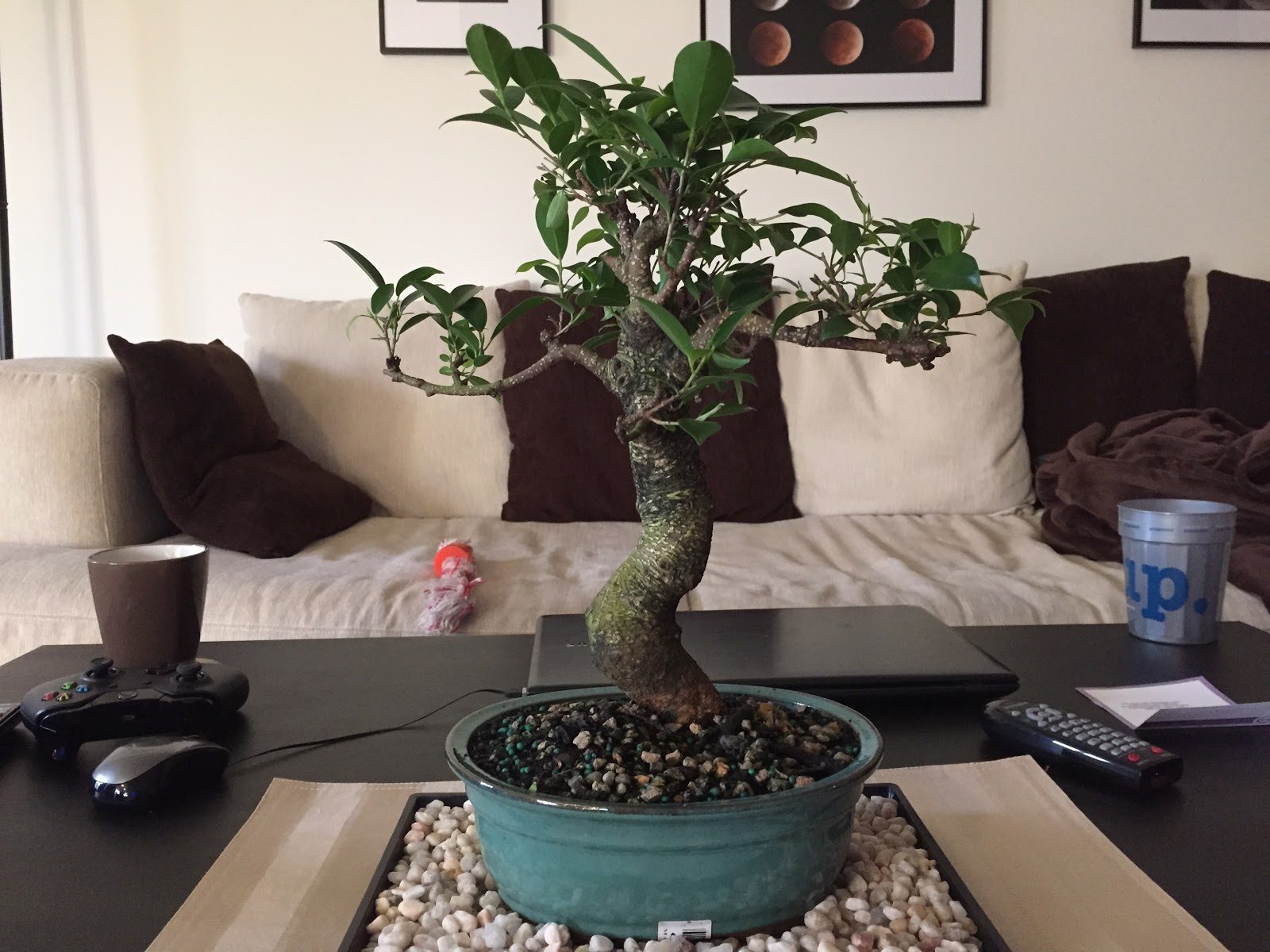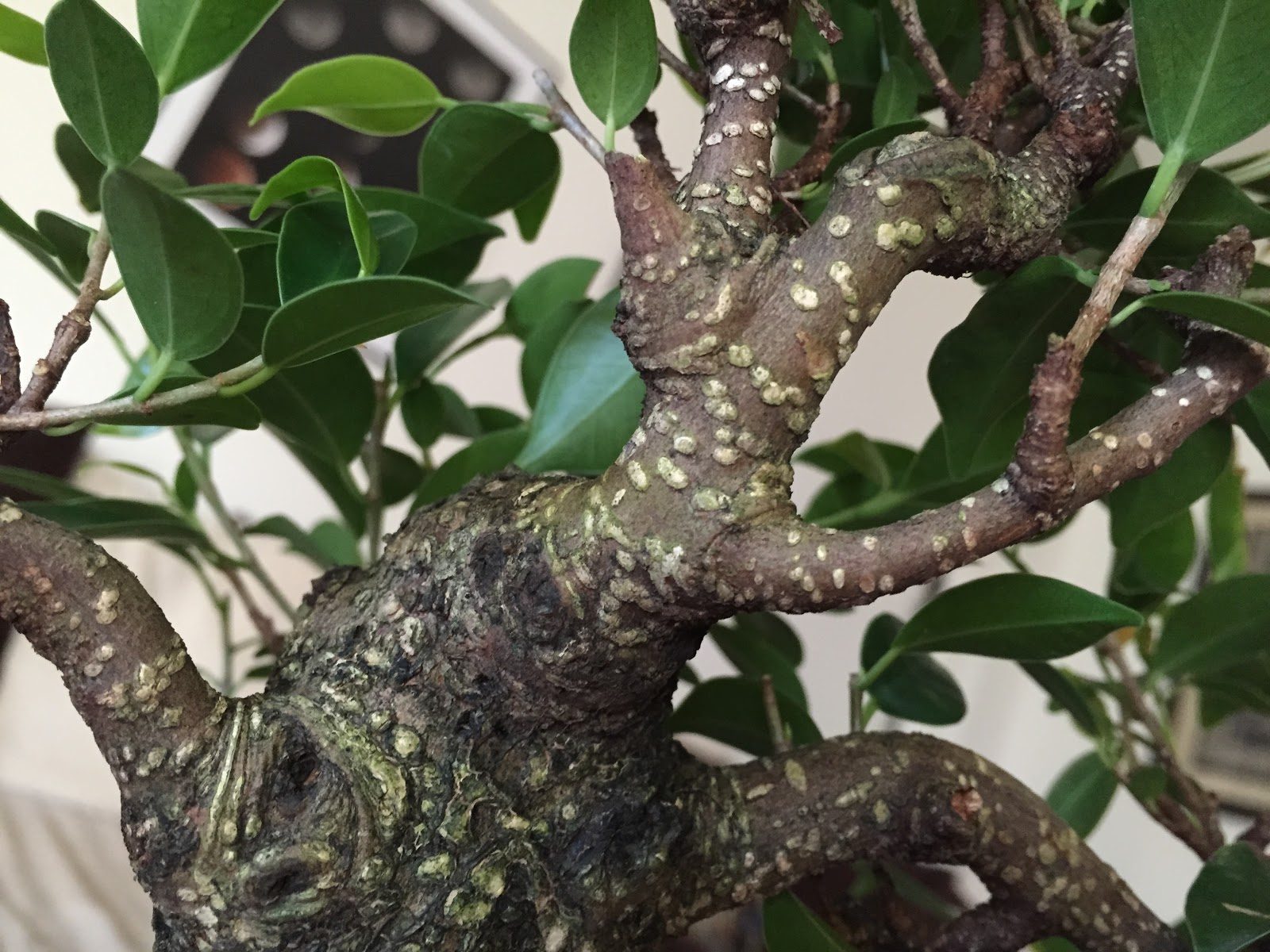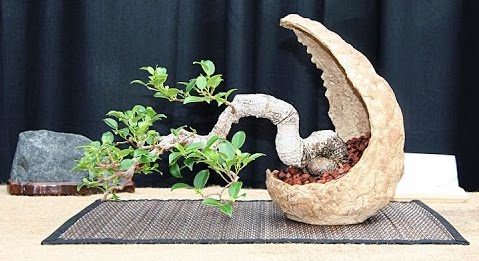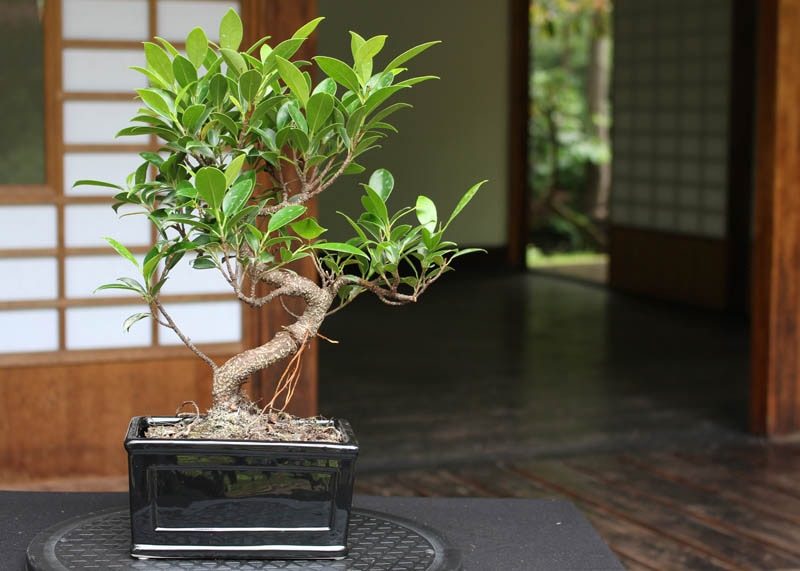- No products in the cart.
The Golden Gate Ficus is a type of bonsai tree that features a beautiful grey trunk with white stripes, which has earned it the popular nickname of Tiger Stripe Ficus. Additionally, this stunning plant produces a unique and attractive inverted flower. Due to its ability to thrive in diverse environments and rapid growth rate, the Golden Gate Ficus is an excellent choice for beginners.

The Ultimate Guide to Golden Gate Ficus Care
The Golden Gate Ficus thrives best when grown indoors, as it prefers warm and humid environments. During the summer months, it can be placed outside under shade to bask in natural sunlight and humidity levels.
What Your Golden Gate Ficus Needs to Thrive
Providing the right environment is key to maintaining the health of your Golden Gate Ficus. Here are some important factors to keep in mind:
- Lighting: While the Golden Gate Ficus can tolerate low light, it thrives in bright, indirect sunlight. Avoid exposing it to direct sunlight in the afternoon, as this can lead to scorching. Prolonged exposure to low light can weaken the plant and make it more susceptible to disease.
- Temperature: Ficus trees prefer warm temperatures between 17-23 degrees Celsius (64-75 degrees Fahrenheit) during the day, and between 13-16 degrees Celsius (57-61 degrees Fahrenheit) at night. Keep them away from drafts, and avoid exposing them to temperatures below 10 degrees Celsius (50 degrees Fahrenheit) for any length of time. Consistency is also important, as too many fluctuations in temperature can cause leaf drop.
- Humidity Requirements: To keep your golden gate ficus healthy, it is important to maintain humidity levels between 40-50%.
- Water Requirements: This species requires moderate watering. You should check the soil daily and water when it feels dry to the touch. The golden gate ficus can tolerate being underwatered, making it a good option for beginners. However, be careful not to overwater as it can cause root rot. During winter months, less moisture is required.
- Soil Requirements: Use a mixture of organic potting compost, lava rock, fine gravel, and pumice for your bonsai tree. It’s important to keep the soil pH-neutral, between 6.5 and 7.5.
- Fertilizer Requirements: Fertilize your golden gate ficus every two weeks during growing seasons but decrease the frequency during the winter. Fertilization is only required once a month throughout colder months.

Extra Tips for Golden Gate Ficus
It is beneficial to offer the necessary care for plants to support their natural growth and development. However, additional advice on handling pests and diseases that may emerge can also prove useful.
Dealing with Pests and Diseases
It is highly recommended to regularly dust and examine the leaves of the golden gate ficus for pests, diseases, discoloration, and yellowing leaves. This proactive approach can help to detect insects and illnesses before they harm the plant. The following are the most common issues that may cause problems for this plant:
- Scale: Male scale insects look like gnats, while females resemble small bumps on the leaves. These insects leave behind a sticky substance on the leaves, which is often the first indication of their presence. Yellowing leaves are another common sign of scale infestation.
- Mealybugs: These tiny creatures are typically white or light pink and often settle in the areas under the leaves where they are less visible. Besides spotting the insects themselves, the white substance created by them is another sign of their presence.
- Spider Mites: These small spiders may appear black, white, or red and leave wispy webs on the leaves that look like a layer of dust. It is often possible to see the spiders moving around upon inspecting the plant.
- Root Rot: This disease is characterized by brown or black discoloration on the trunk close to the soil. As the disease progresses, the discoloration moves up the trunk, and the leaves may turn yellow before becoming brown or black.
Prevent insect problems and infestations by spraying a mixture of soap and water on the plant. While each pest may leave distinct evidence and have unique appearances, they can all harm the stems and leaves. Infestations may cause noticeable symptoms like yellowing leaves and wilting stems, which can be treated using insecticides, insecticidal soap, or natural neem oil.
To treat root rot, it’s recommended to repot the plant into fresh soil in a new container. A fungicide may be necessary, but it’s advised to use a product specifically suitable for bonsai trees.

Prunning
Bonsai trees are highly adaptable to pruning and training. Trimming can be used to control the size of the tree or to reduce the leaf size. It’s best to prune when the plant has produced six to ten leaves, and two to four leaves can be safely removed. While pruning can be done at any time, it’s recommended to do it during late summer or autumn to avoid potential scarring.
Total defoliation can also be done to encourage new growth, but only on healthy plants and at the end of spring. Cutting the stems and leaves can cause a milky latex substance to be released, making defoliation a messy process. The latex will eventually dry and form a seal over the cuts. Pruning can also be used to train the tree into specific shapes. It’s best to do this when branches are no more than half an inch thick, as they are easier to cut at this size. Cuts should be smooth and concave, and sterilized shears or sharp scissors can be used. Shoots should be left to a length where three to four nodes remain intact.
Propagation
Typically, these bonsai trees are propagated through cuttings. Healthy branches should be selected and dipped in rooting powder before being placed in a four-inch pot filled with river sand. Roots usually develop within a month. Once roots have formed, the cutting should be carefully removed from the pot, with all but the top leaves removed. The stem can then be repotted in the same soil.
Propagation is most successful when the pot is kept in the shade and a seaweed fertilizer is added. After approximately three months, enough roots should have developed for the cutting to be transplanted.
Toxicity
This particular species of bonsai tree is toxic to animals.

